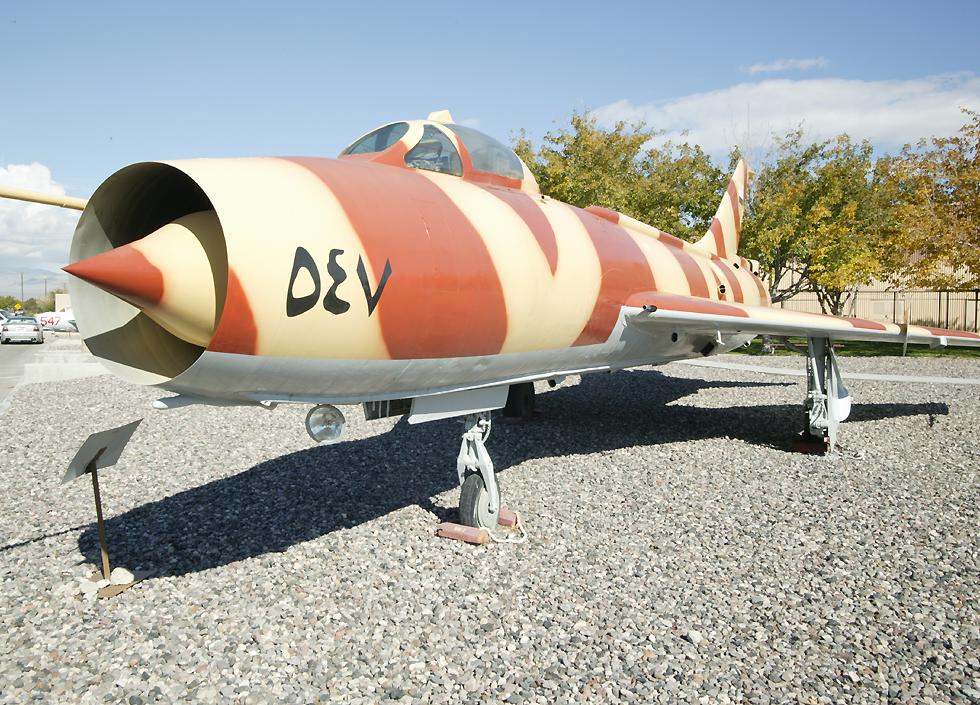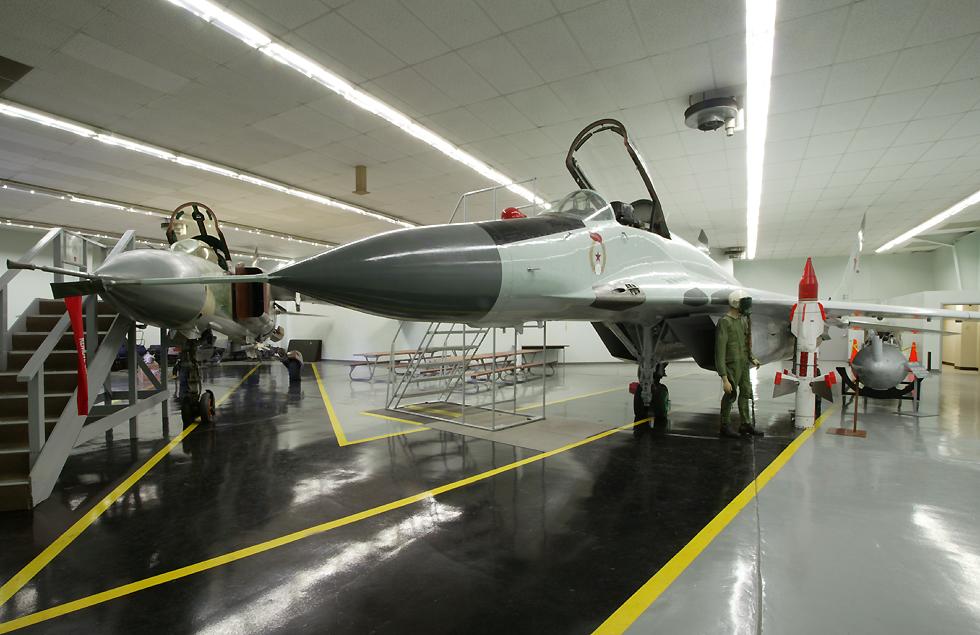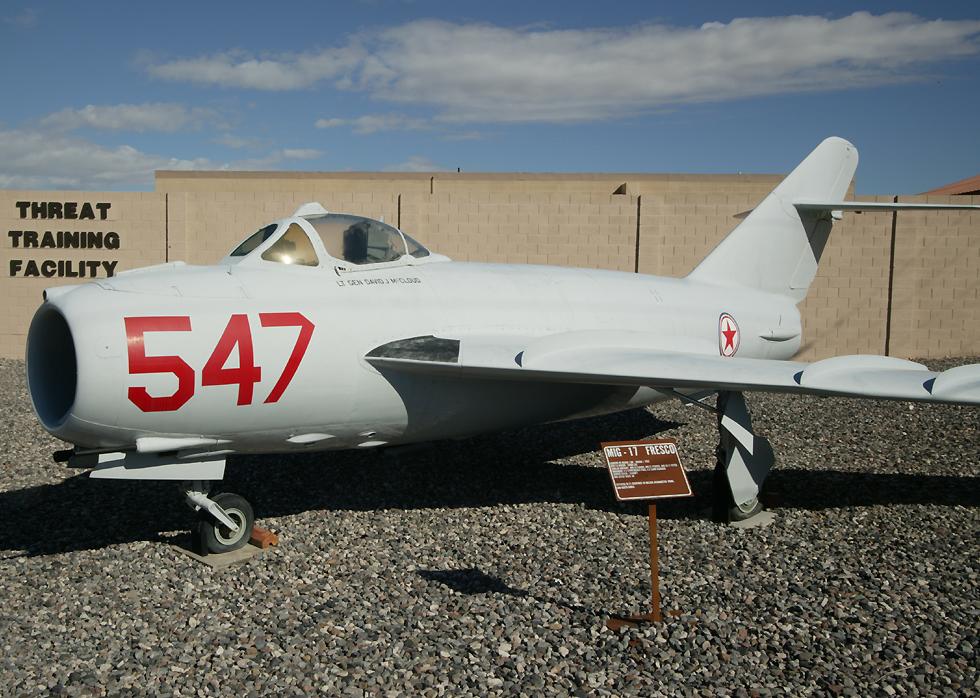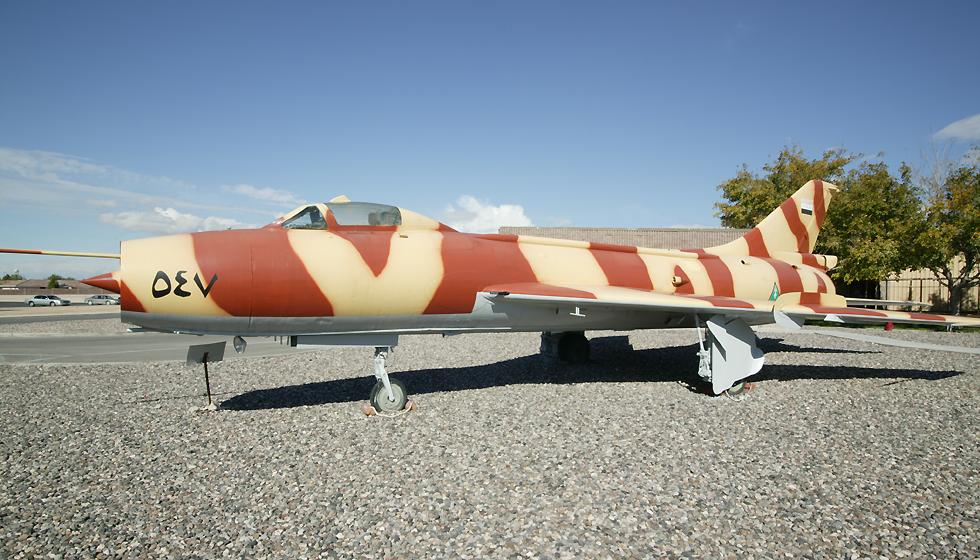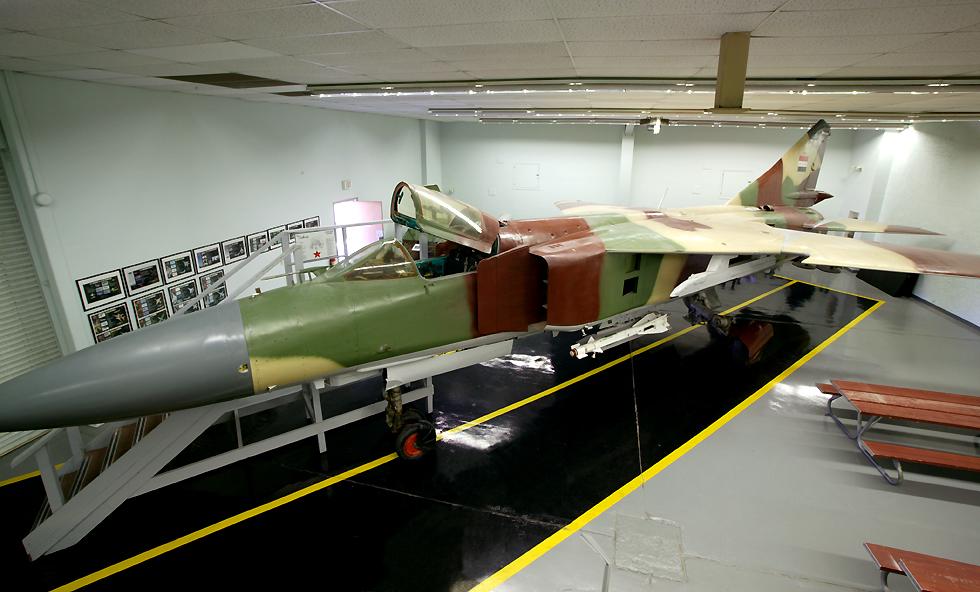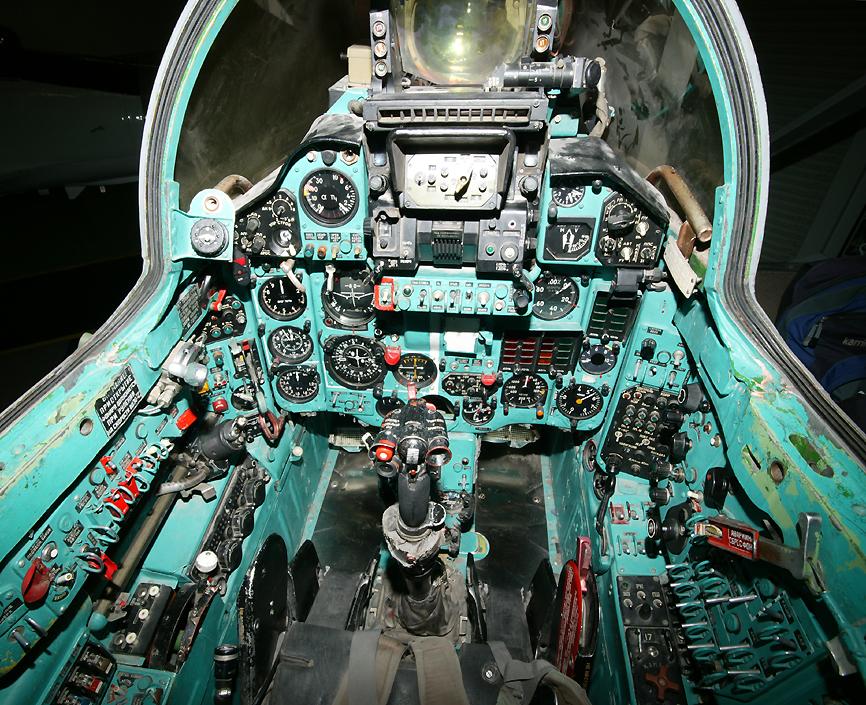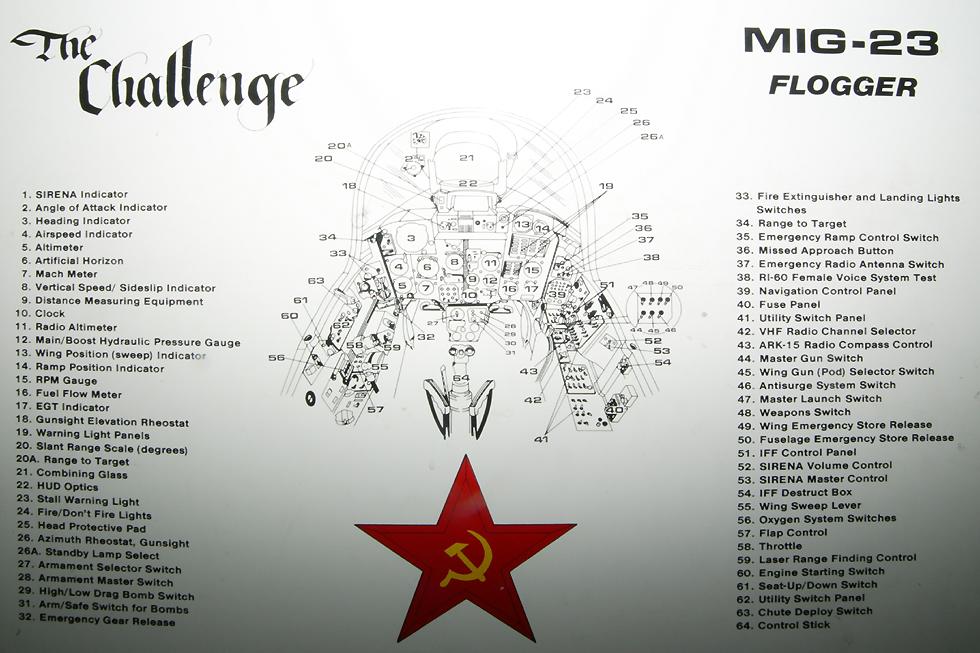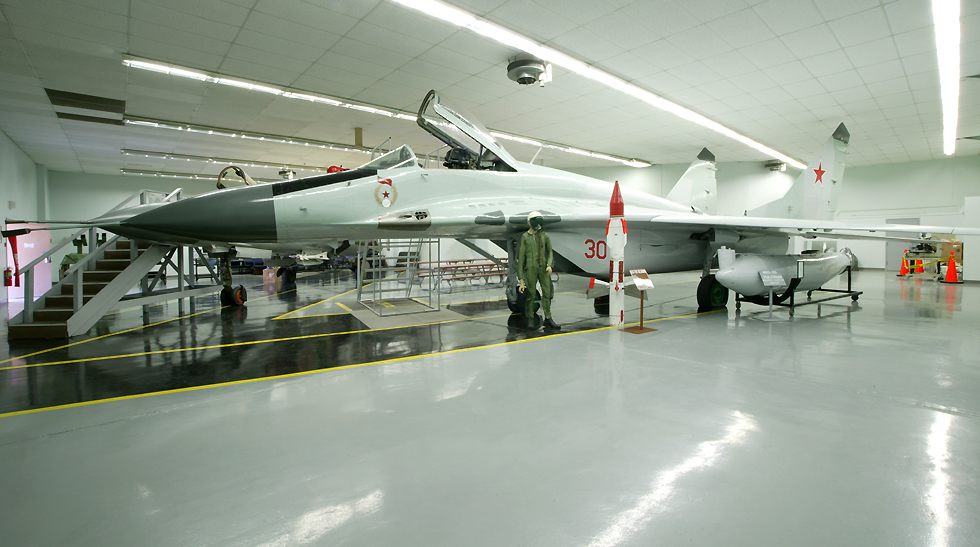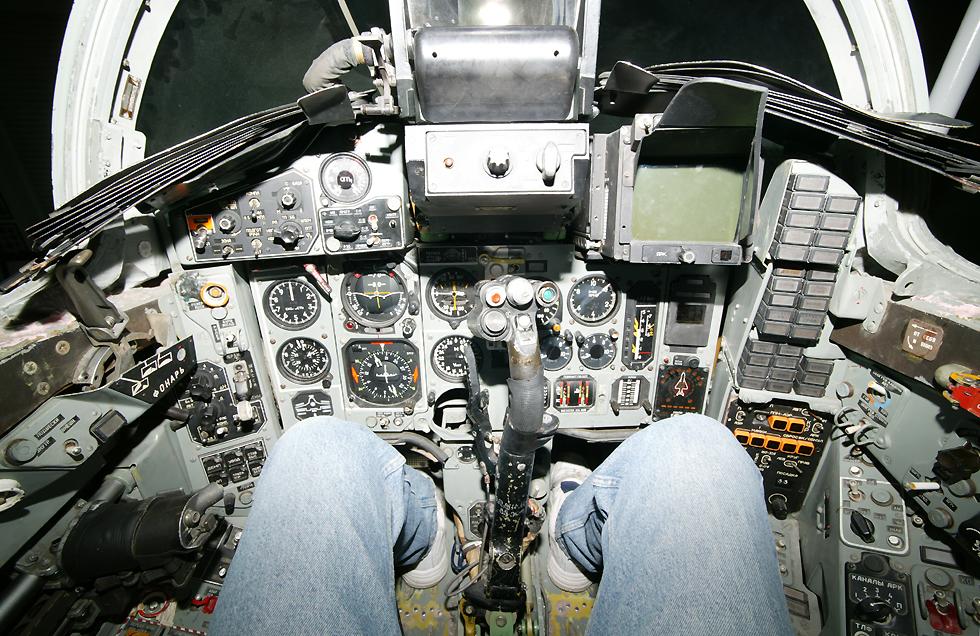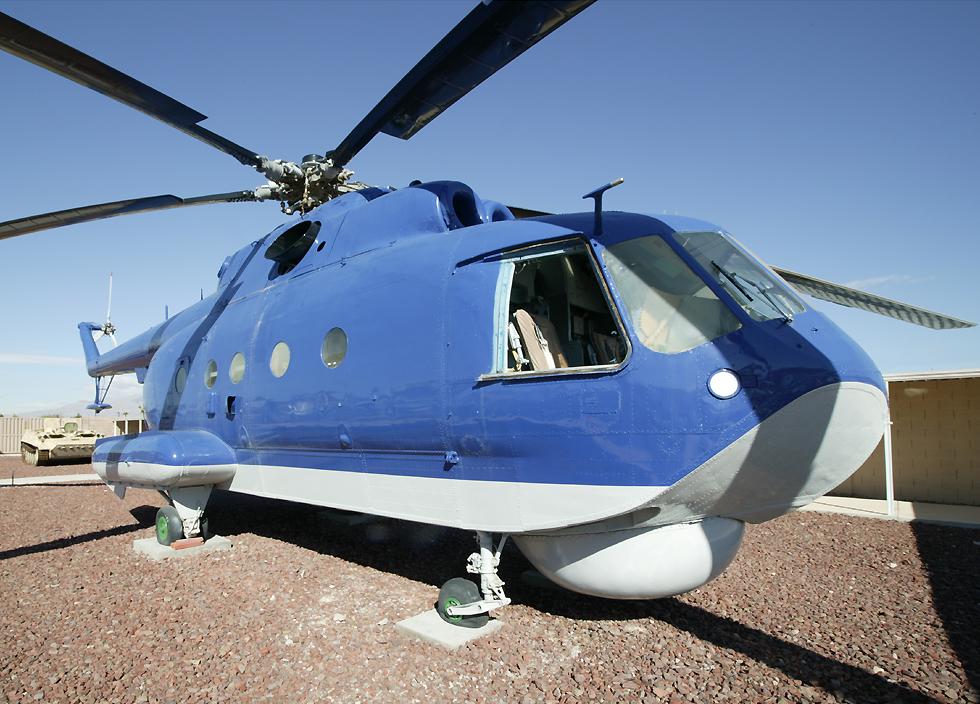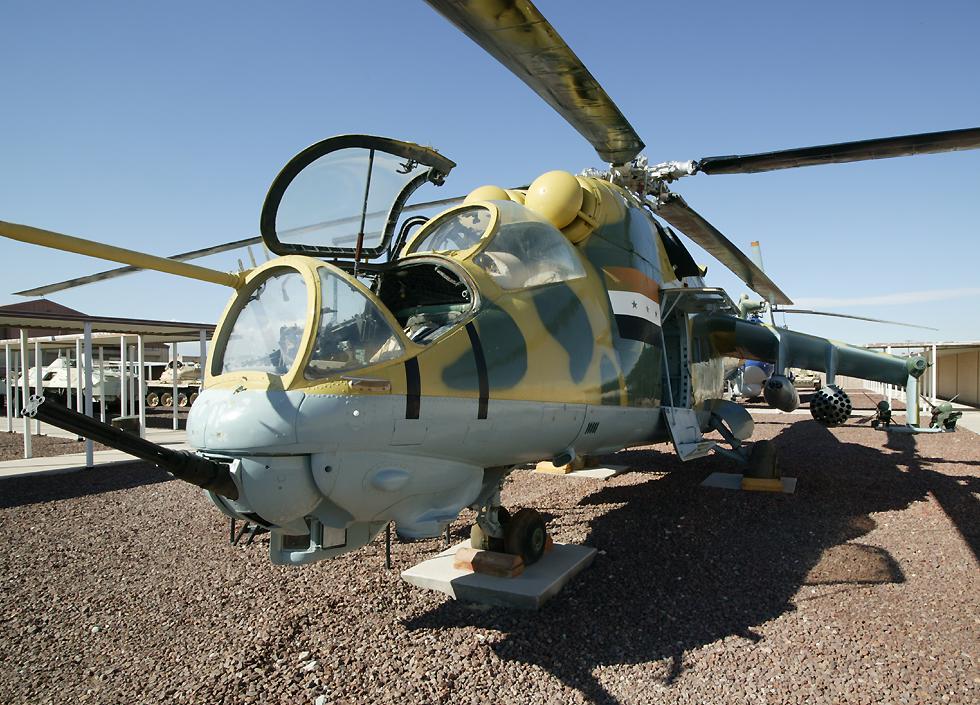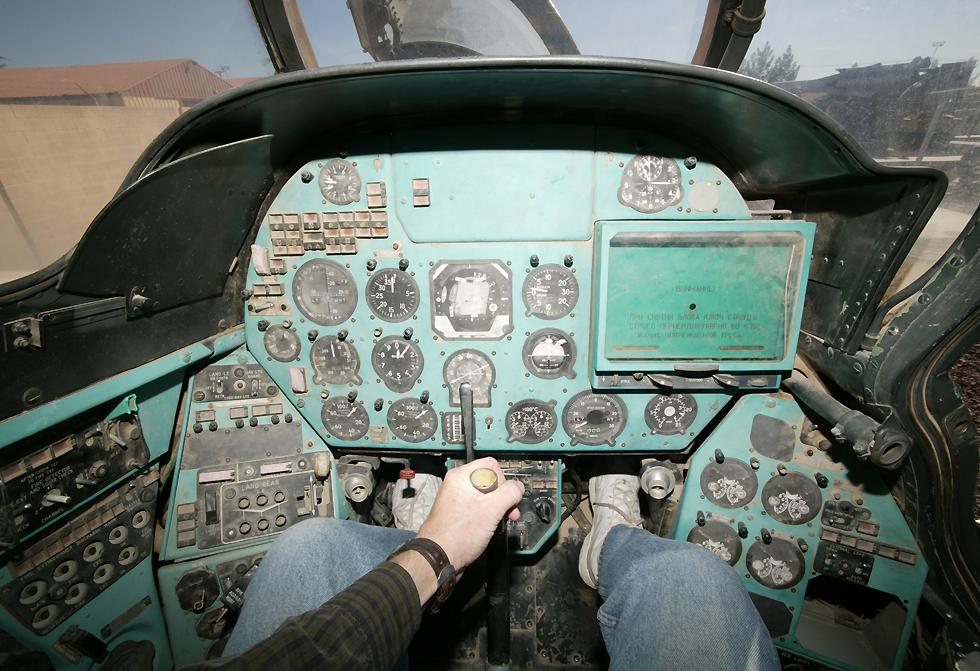|
This MiG-29S "Fulcrum-C" was one of 21 bought from the cash-strapped republic
of Moldova for $1 million each. The United States was eager
to buy these because Iran, which already has the MiG-29 "Fulcrum-A", was
also interested in buying this batch of aircraft, which consisted of six
A models, one B and fourteen Cs. It was considered especially
urgent to buy these aircraft, since they're capable of delivering nuclear
weapons.
The MiG-29 first flew in 1977 and was intended as a lightweight advanced
tactical fighter to counter the American F-15 Eagle. It was
a replacement for the MiG-23 and, although they share a similar top speed,
the MiG-29 is considerably more capable. The MiG-29 can perform
the unusual "Cobra" maneuver, and has excellent missile systems, but it
cannot be refuelled in flight and has shorter range and loiter ability
than western fighters. Nevertheless many people feel that the
MiG is superior to the F-15 at close range because of the MiG's excellent
maneuverability and a helmet mounted weapons sight that responds to the
direction in which the pilot is looking. Since it is a relatively
small and lightweight aircraft, and also has the safety margin that comes
with having two engines, the MiG-29K was also developed as a carrier-borne
fighter. One unusual feature is that the main engine intakes
have covers which close when taxying, to prevent stones and other debris
from being sucked into the engines; when this is done, air for the engines
is taken in through vents on the top of the wing. These covers can
even be activated in flight, up to speeds of 800 km/h.
The MiG-29 was exported to many countries, and when the Soviet Union collapsed
many of the former republics, such as Moldova, ended up with them.
With the reunification of West Germany and East Germany, a number ended
up in the combined German Air Force, so the MiG-29 has the distinction
of being the only Russian designed aircraft to serve with members of NATO!
|
